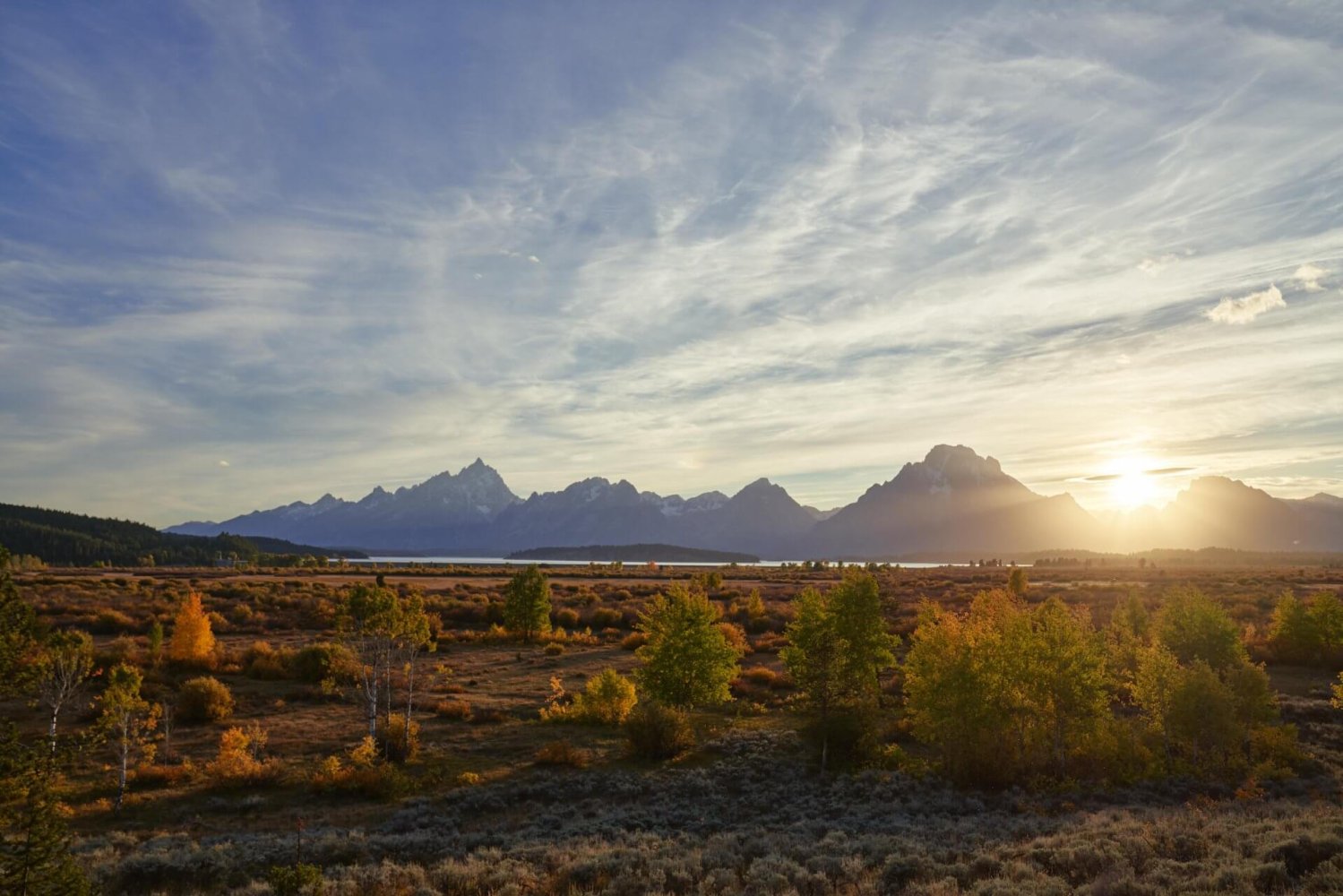
Uncovering Hidden Histories: Lesser-Known Stories from Wyoming’s Early Days
You’re exploring a land beyond the well-worn legends of cowboys and cattle drives. Welcome to Wyoming, where deeper stories wait to be uncovered. Walk through quiet towns ghosted by time, meet pioneers missing from the textbooks, and listen for voices history tried to silence.
This is the Wyoming of forgotten names remembered and turning points once lost. It’s where hidden histories are reclaimed. In Wyoming, the epic history of the Wild West clings to ruins and whispers through sacred lands with the stories of real American heroes who live on in today’s stories and tales.
Forgotten Ghost Towns: Remembering Their Place in Wyoming History
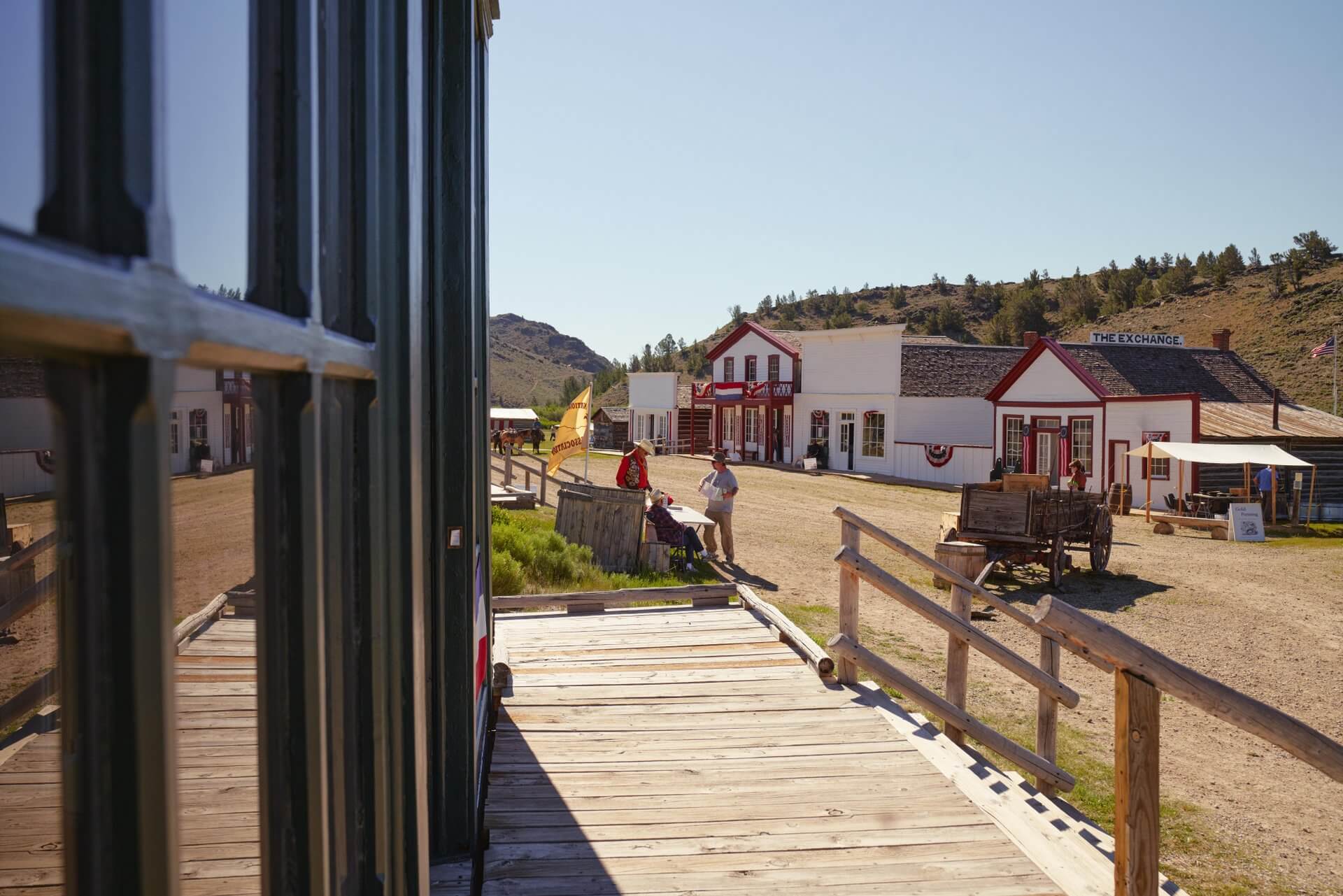
Listen close, and you just might hear the strike of thousands who once chased fortune, daring to build a life from the ground up. Some of Wyoming’s most fascinating chapters linger in the dust of near-empty streets. As living records of once-booming industries, ghost towns hold more than silence. They’re records of the thriving and wild past of the West, and testaments to the rugged resilience that built the American frontier.
Itinerary: Explore Wyoming’s Ghost Towns ›
Carbon, WY: From Coal Boom to Ghost Town Bust
Once a bustling coal mining hub, Carbon grew fast as railroads carved their way across the West and revving with promise. Riding that momentum, it became one of Wyoming’s earliest and most ambitious settlements.
Wild West Lore: Spend 10 Days in Carbon County ›
Atlantic City: Gold, Greed, and Abandonment in Wyoming’s Mining Frontier
Tucked in the Wind River Range, Atlantic City tells a gold-fueled story of miner fever and sudden fallout. Alongside nearby Miners Delight, this once-booming town saw promise, greed, and a startling collapse.
Today, log cabins, rusted relics, and rugged trails echo the hard truths of frontier dreams—bold, fleeting, and unforgettable. Timeless, captured in Wyoming.
First come, first serve. Experience Atlantic City Campground ›
South Pass City and Other Ghost Towns to Explore Today
Unlike many ghost towns, South Pass City is a beautifully preserved portal to the past. Come wander through history—feel the old frontier spirit in saloons, peer into old mine shafts, and chase the Gold Rush roots still calling through the hills.
Catch a powerful glimpse into the lives built—and left—along Wyoming’s wild frontier. After all, mining towns were once “melting pots of international cultures,” says Suzi Taylor, Reference Archivist at Wyoming State Archives.
You’re in the boom-bust era. Visit South Pass City ›
America’s Hidden History, Rooted in Early Wyoming Communities
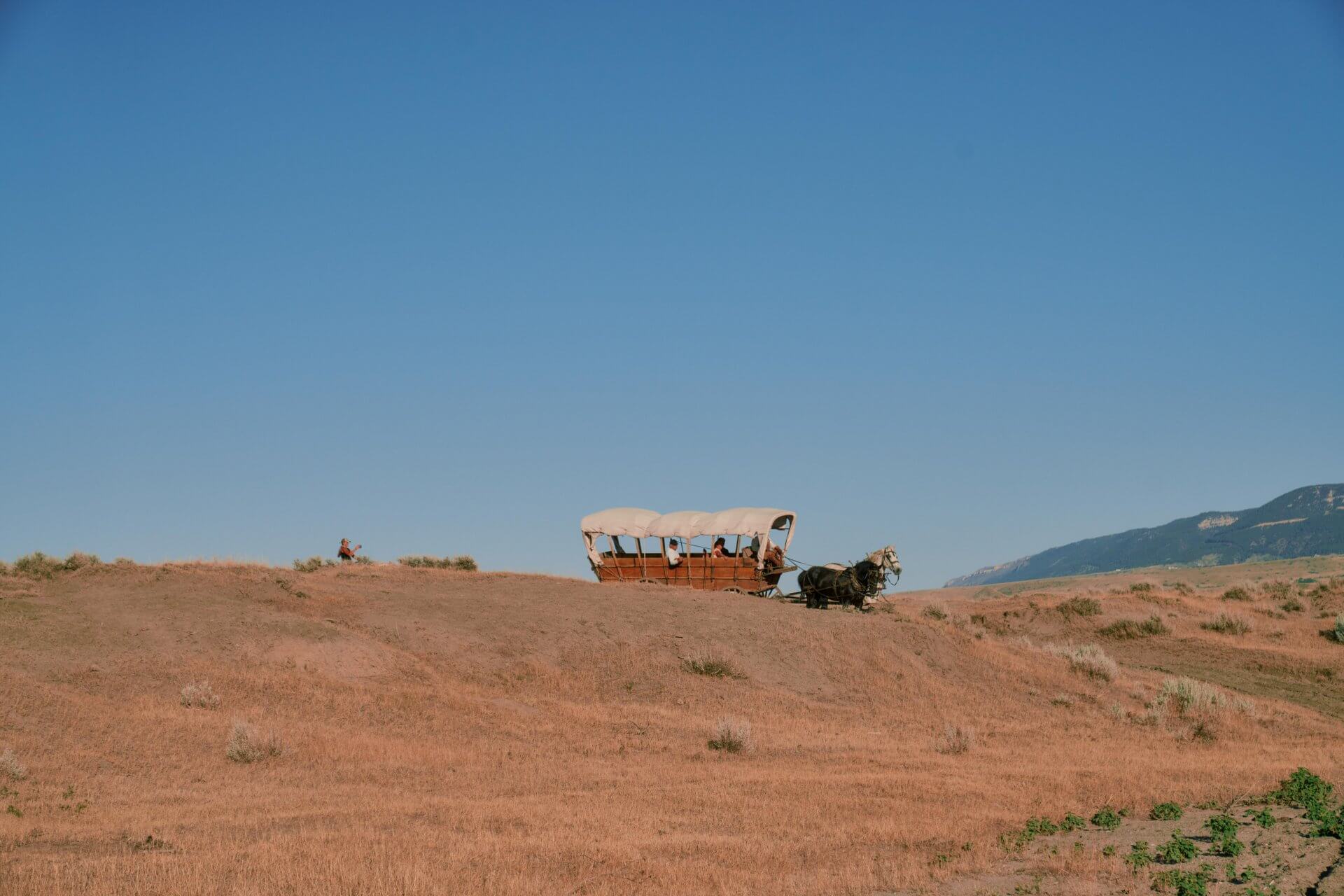
Chinese Laborers and the Rock Springs Uprising
Chinese immigrants built the backbone of a nation on rails. In 1885, racial tensions exploded into the Rock Springs Massacre—a sobering tragedy. It’s a stark reminder of deep injustices hidden in the shadows of the American labor story.
What was it like to live out West “in the old days?” Visit the Rock Springs Historical Museum ›
Empire, WY: A Black Homesteading Settlement Lost to Time
Empire tells an inspiring story of Black Americans that sought freedom and opportunity in the high plains, defying the odds in a wild-born landscape. Though little remains today, this legacy of resilience and hope is worth honoring—offering real insight into Wyoming’s Black history.
The Untold Story of Japanese-Americans in the High Plains
Through stark isolation and hardships, Japanese-American settlers forged ahead—shaping Wyoming’s agriculture and industry with grit and grace. Their legacy of perseverance, tradition, and community is stitched into Wyoming’s fabric, a history ready to be embraced.
Expert Insight: Whose Stories Got Left Out in Wyoming’s History?
Much of Wyoming’s hidden histories lives outside the spotlight. According to Taylor, overlooked historical figures—many of whom shaped politics, industry, and identity—deserve a closer look.
Take Amasa Converse, a cattleman and political connector who helped usher two territorial governors into power. “He died young,” Taylor notes, “but made a lasting impact on the state’s political and business culture.” Or Edward Lee, Territorial Secretary and unsung suffrage advocate, who likely financed early women’s rights efforts and appointed Wyoming’s first women judges.
Other key players? Judge William Carter helped build a cultured, educated community at Fort Bridger, says Taylor, and Edward Gillette literally reshaped railroad routes—and saved the company miles of track—earning a town named after him.
Even western design was transformed by Wyomingites: “Thomas Molesworth helped define the modern western aesthetic through furniture,” Taylor explains, while saddlemaker Edward Bohlin’s silver parade saddles became Hollywood icons.
These figures may not appear in most textbooks—but their legacies live on in everything from Wyoming’s civic backbone to its cinematic cultural imprint.
Entrepreneurial Chaos? Meet Wyoming Creativity. Enter Founders of the Frontier Economy.
D.D. Dare, a bold (and eventually infamous) businessman, opened one of Cheyenne’s first photo studios and banks. He brought in top-tier photographers and helped document early Wyoming, Taylor explains. But he later fled the country after a massive banking scandal that nearly sparked a national recession.
That scandal also meant cultural losses: Many of the original negatives from the 1860s–1930s were trashed when Dare’s photography studio changed hands, Taylor says. It’s why so many early Wyoming images have vanished.
Lost Negatives, Lost History
Photographer C.D. Kirkland captured everyday life across Wyoming’s boomtowns, ranches, and railways—an invaluable visual record of the state’s early years that brings many of its hidden histories to life. After his death, the collection passed through generations until, in the 1930s, most of it was discarded.
Kirkland’s assistant Mac Fischbach, knew its worth, says Taylor—and wasn’t willing to part with it for a cent less than $10,000. So he sold it to his own assistant, Billy Walker, someone with the vision to recognize the collection’s true value. What survived offers a rare glimpse into the rugged beauty and evolving identity of the West—through the lens of someone who lived it.
The Warren Machine: Ambition in the Wild West
Behind every power shift in early Wyoming was an antihero willing to bend the rules—or rewrite them entirely. Francis E. Warren came West as a clerk, bought out his boss, and built half of Cheyenne—including its political legacy. He served as mayor, territorial governor, and became the first state governor, though only briefly. He preferred the prestige of Washington, D.C., and maneuvered his way into Congress instead. Nicknamed the Warren machine, he chased firsts, gave himself a Medal of Honor (created for Civil War vets), and wore it on his lapel for life, says Taylor. He didn’t wait for permission—he just did it.
Alongside Warren rose his rival, Joseph Carey. Their competition played out in civic titles, cattle empires, and even street names (Cheyenne still has both a Warren Avenue and Carey Avenue). When Warren squeezed him out of one political party, Carey simply switched sides and kept climbing. Their tug-of-war shaped early Wyoming politics.
“I think the struggle against things always makes you better,” notes Taylor. “If you’re not challenged by history, you’re not doing it right. It’s not for the faint of heart… which is a very Western thing too.”
Designing the West
Wyoming didn’t just shape today with its hidden histories—it designed how we remember it. Not all frontier legends wore spurs. Thomas Molesworth, a Cody-based furniture maker, helped define the modern Western interior aesthetic—think log-frame beds, leather fringe, and antler chandeliers.
Or take Edward Bohlin, a Wyoming cowboy-turned-Hollywood saddlemaker, whose intricate silver parade saddles became icons of Western film. The Lone Ranger’s saddle? That was Bohlin, says Taylor.
Women of History Who Unleashed Wyoming’s Spirit
Long before the nation caught up, Wyoming women were making history—fearless at the ballot box, in courtrooms, and on the range.
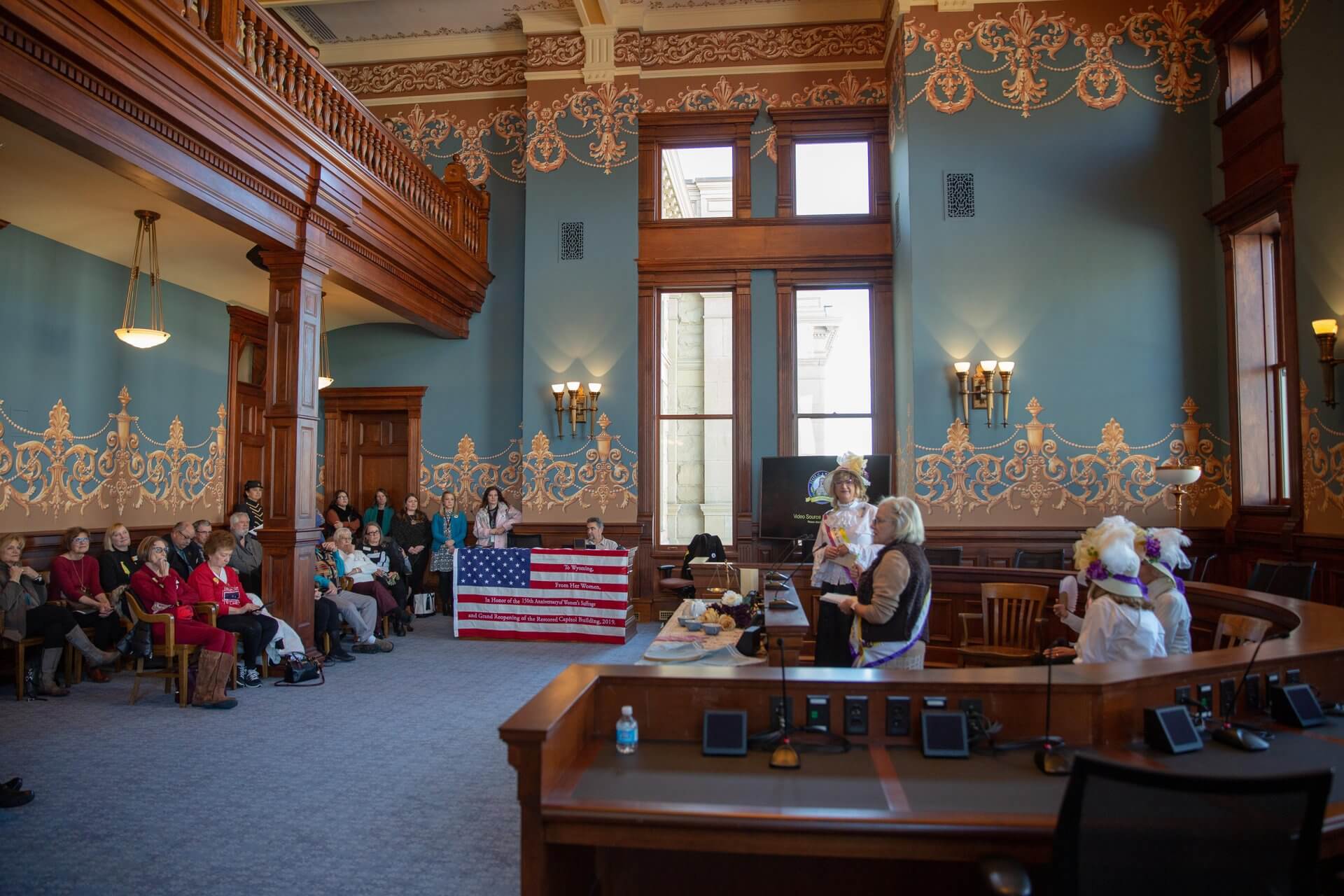
Louisa Swain and the First Vote Cast by a Woman in America
In 1870, Louisa Swain stepped into a polling place in Laramie and made history. Her quiet act of courage made Wyoming the first territory to grant women the right to vote—a pivotal spark in the nationwide fight for suffrage.
Eliza Stewart Boyd—The Nation’s First Female Juror
In 1870, Eliza Stewart Boyd broke barriers as the first woman juror in the United States. Her quiet defiance in a male-dominated courtroom helped redefine civic life for women—across the West and the nation.
Marketing, Memory, and the Making of “Firsts”
Esther Morris gets the spotlight—but not because she claimed it, Taylor notes. Her sons were in the newspaper business and made her the face of women’s rights in Wyoming. Others, like Edward Lee or Caroline Nelson, were just as important—but didn’t have the same PR muscle behind their name.
Ranchers, Reformers, and Women Who Defied the Frontier Norms
From cattlewomen to activists, brilliant women helped transform the Wyoming frontier we revere today. Their strength lit the way forward—and their leadership still rises across the state’s wide-open spaces and proud communities.
American Heroes (You Didn’t Know) from the Edges of History
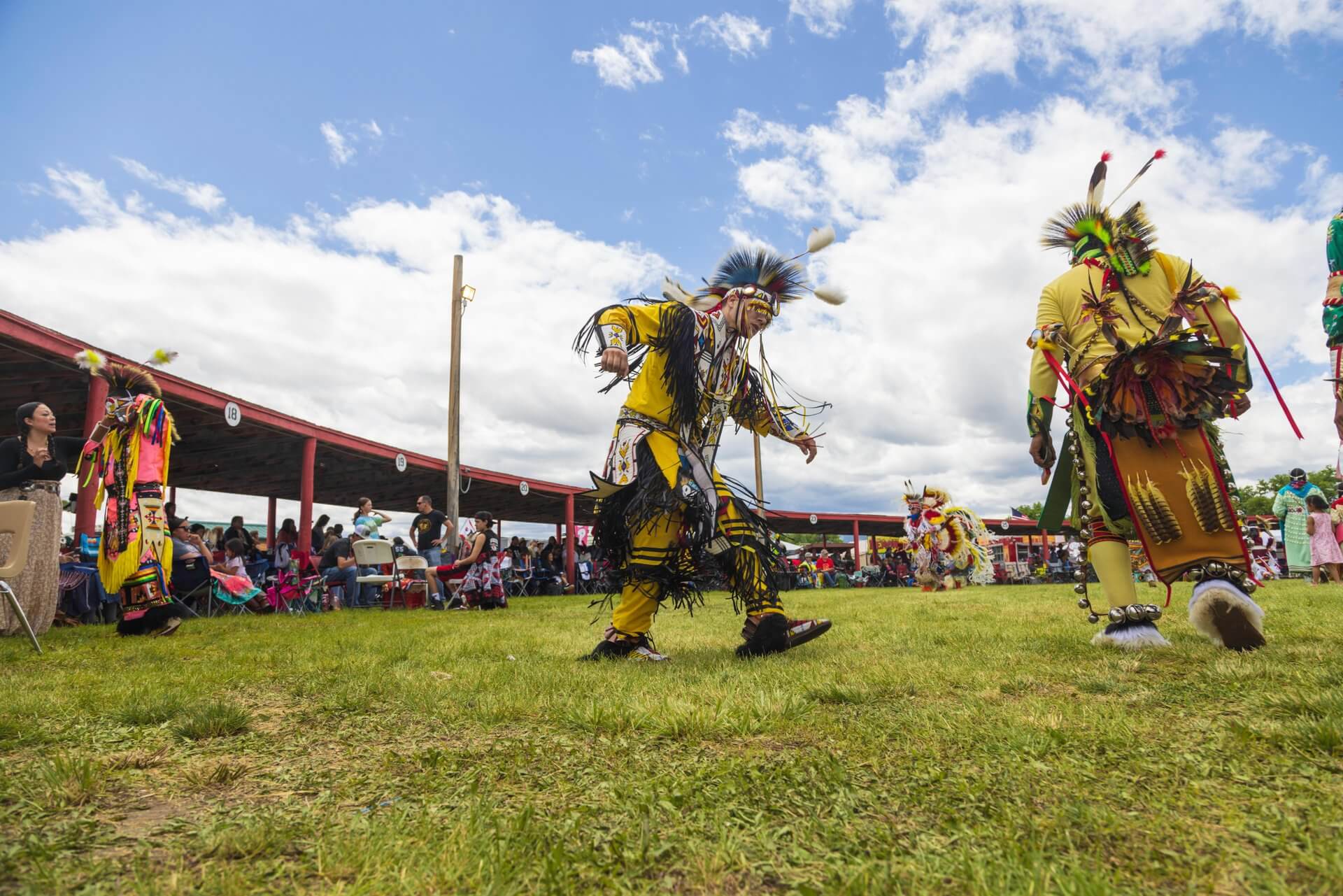
The American West wasn’t built by legends alone. It was braved by people of all backgrounds—dig into the powerhouse stories of Indigenous leaders, Black homesteaders, scouts and outlaws who lived the true story of the American West. These American heroes forged lives of meaning, fought for survival, and kindled the soul of the region.
Indigenous Leaders Who Resisted, Negotiated, and Fought to Protect Wyoming’s Legacy
Artful diplomacy. Formidable resistance. Brilliant strategies for survival altered the course of Wyoming’s story. Indigenous leaders played game-changing roles—far beyond the one-dimensional portrayals often found in Western lore. Their vibrant cultures live on, passed with care across generations.
Lifestyles, celebrations, captivating traditions. Explore the lands of Indigenous history ›
What You Didn’t Learn in School
The Wild West’s hidden histories and stories are bigger—and more surprising—than Hollywood lets on. Taylor says misconceptions about the state’s past run deep.
We weren’t just covered wagons in the 1860s, Taylor notes. Most homesteaders came in the 20th century, often by train—and some drove cars.
It also wasn’t lawless, she adds. Jail registers show mostly minor infractions. And many settlers were well educated—Wyoming had high literacy rates and a strong belief in public education.
These truths don’t erase the cowboy myth—but they widen the lens on who truly built the West.
Buffalo Soldiers and Black Cowboys of the American West
Often left out of cowboy lore, Black soldiers and cowboys were vital in settling and defending the frontier. Their stories of grit, skill, and service deserve their rightful place in Western history. Another myth Taylor busts? “That all cowboys were white. Some of the top hands were men of color.”
Secret Lives of Women and Daring Stagecoach Drivers
Societal expectations, shaken up in wild terrain. Some of Wyoming’s most daring pioneers drove stagecoaches, disguising themselves as men, or lived boldly and freely beyond expectation.
Rethinking Wyoming’s Legacy
“One of the biggest myths I correct is that Wyoming was always just a ‘cowboy state,’” says Taylor. In truth, Wyoming was an early leader in oil, coal, telecommunications, and social progress—including women’s suffrage, libraries, education. It had some of the first electrified towns and public school systems in the nation.
Russell Thorp, the man behind the Cheyenne–Deadwood stage line, was a transportation visionary—but his name rarely appears, even though that stage line helped join economies across the region.
A lot of these stories get lost, Taylor says, not because they weren’t important—but because they weren’t “flashy.” History tends to spotlight the loud stories and forget the quiet ones.
Overlooked Historic Sites in Wyoming Worth the Visit
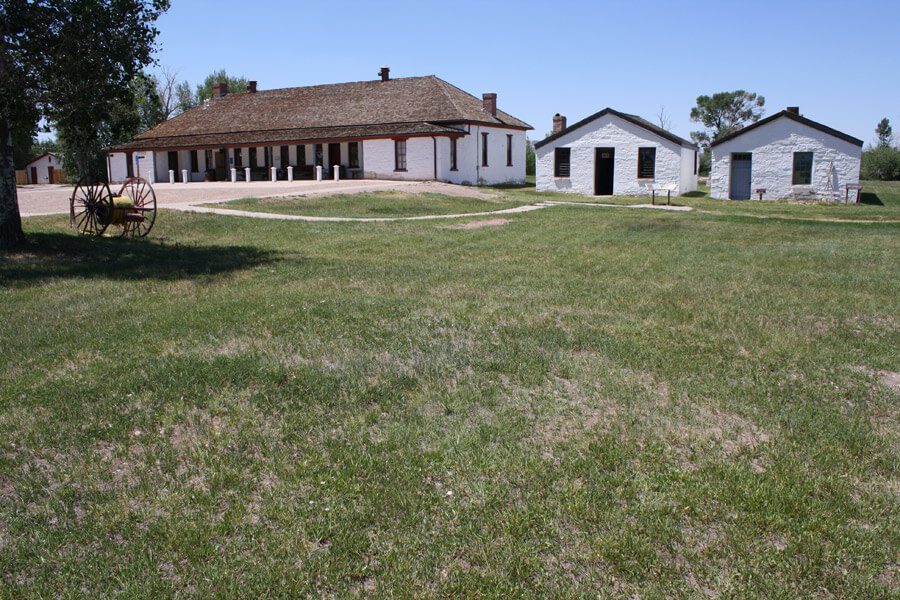
Glimpse beyond the usual landmarks. From the Mountain Men’s traces at Fort Bridger to markers along the Oregon Trail, Wyoming’s quieter sites offer soul-stirring encounters with the past.
Fort Bridger and the Unsung Stories of the Fur Trade
More than a military outpost, Fort Bridger was a cultural crossroads—a hub of trade, diplomacy, and survival. The fur trade era lives on through intricate stories of Indigenous nations, trappers, and settlers.
Visit the iconic trading post on the Oregon Trail at Fort Bridger ›
Oregon Trail Ruts: What Most Visitors Miss
The Oregon Trail left its mark—literally. In parts of Wyoming, you can still see deep ruts carved by wagons heading West. More than grooves in stone, they’re raw symbols of perseverance, engraved deep into the land and the American story.
Carved just outside of Guernsey. See where travelers etched their names at the Oregon Trail Ruts ›
Medicine Wheel—Sacred Land and Revered Mysteries
An ancient Native American sacred site, the Medicine Wheel invites reverence, respect, and awe. Set high in the Bighorn Mountains, it’s a wondrous symbol of Indigenous culture, spiritual connection, and celestial wisdom.
Plan Your Hidden History Road Trip
Ready to uncover the stories that guidebooks skip? From ghost towns to sacred lands, Wyoming’s lesser-known history sets the stage for one unforgettable journey.
Start planning your Wild West road trip through hidden histories ›
Frequently Asked Questions about Wyoming’s Hidden History
What are the best ghost towns to visit in Wyoming?
The booms, the busts, the wild spirit that shook up the West—South Pass City, Atlantic City, and Carbon offer some of the most compelling ghost town experiences in the state. Wander where fast fortunes turned to ruin, leaving behind remnants that still shock and awe.
Who are some lesser-known notable women in Wyoming history?
Meet the fearless trailblazers—formidable women of history. Louisa Swain, Eliza Stewart Boyd, and countless ranchers and reformers made Wyoming’s legacy iconic—and helped rewrite the course of modern American democracy.
What is America’s hidden history in the West?
It’s the story you weren’t taught. From Black homesteaders to Indigenous leaders and Asian laborers, follow the unsung pioneers and overlooked frontier communities that helped shape the nation.
Where can I learn more about the real pioneers of Wyoming?
Stay tuned. Our upcoming feature, The Pioneering Spirit: Wyoming’s Early Trailblazers, uncovers the lives that defined a region—and transformed a country.
